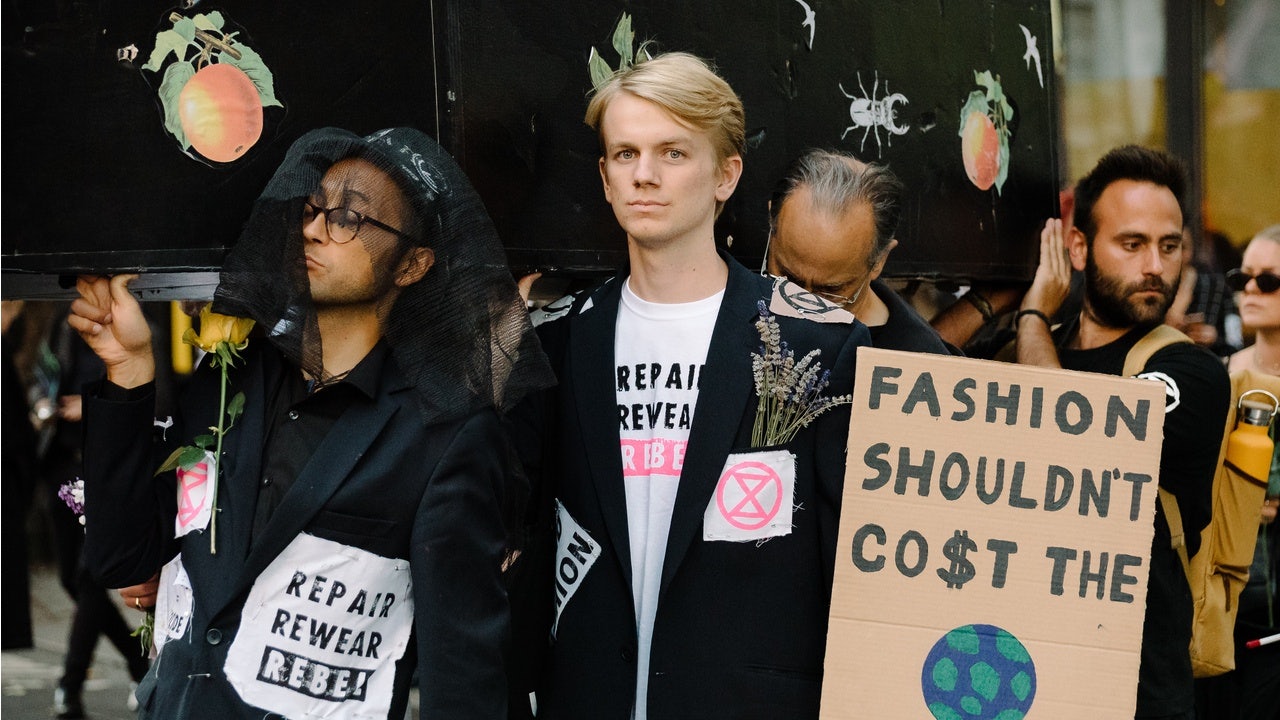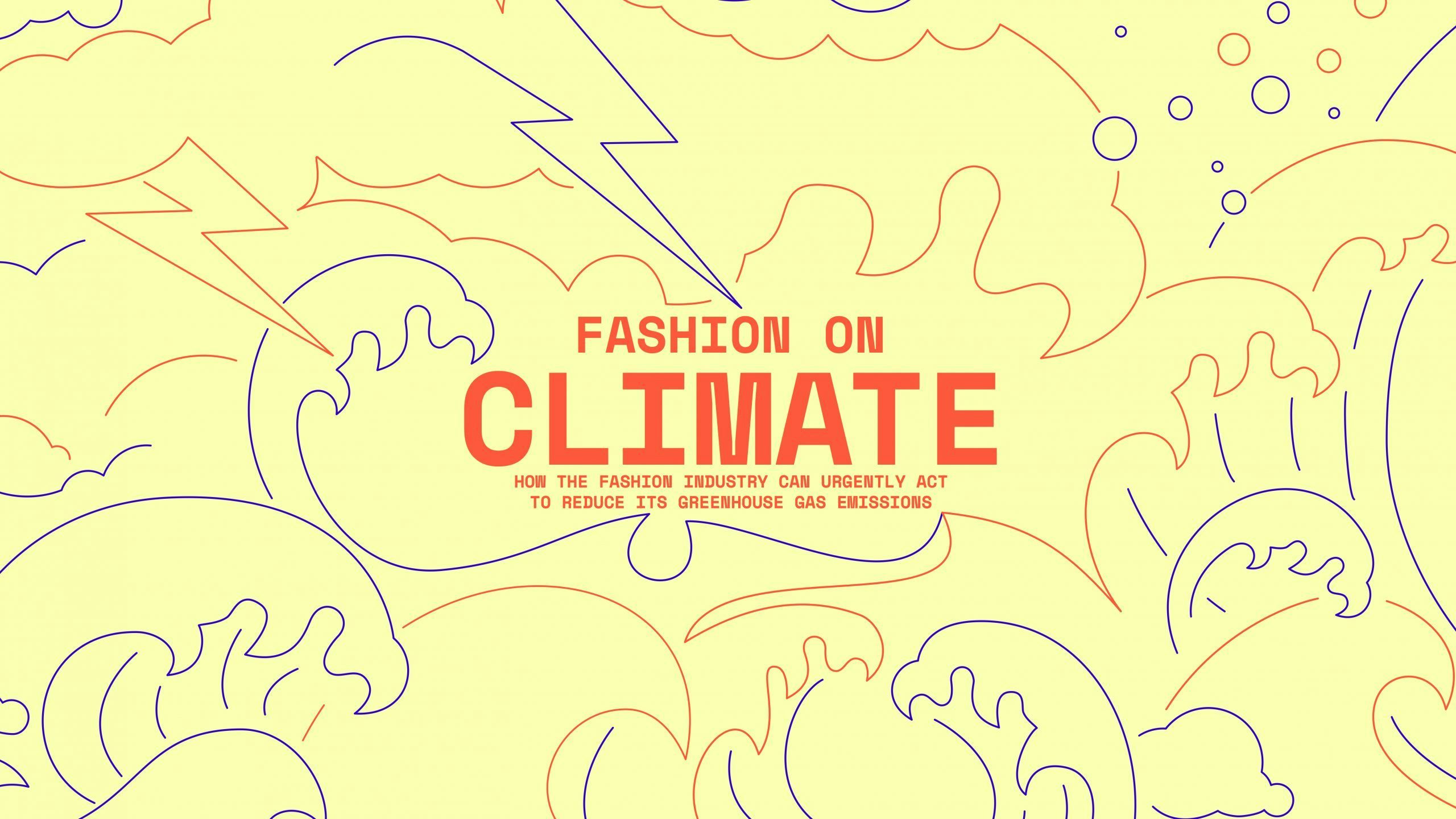What happened
The United Nations’ Intergovernmental Panel on Climate Change (IPCC) issued a red alert on Monday, August 9, confirming that the planet has reached its tipping point faster than expected.
According to the report, CO2 emissions from human activities are responsible for approximately 1.1 degrees Celsius of warming since 1850. Now, the world is on course to exceed 2 degrees Celsius in the 21st century, which scientists warn will bring irreversible environmental damage. Evidence of catastrophe can already be observed, from increasing cases of intense heatwaves and droughts to heavy precipitation and tropical cyclones.
The Jing Take
The warning comes on the heels of recent alarming natural disasters. Over the past few months, the Northern Hemisphere has been suffering from extreme rainfall and flooding across Europe and China, as well as sprawling wildfires in North America and even Greece and Russia. In fact, Henan province in central China recorded more rain over three days than what it normally receives in a year, causing 302 deaths and over 17.6 billion of direct economic losses.
When the Chinese provincial capital went under water, businesses rushed to donate, winning the hearts and pockets of local consumers. Yet, data continues to show that this climate reckoning is correlated to the growing carbon footprint, of which the fashion industry is the second biggest contributor. Although many brands have taken emission cut initiatives, they are very future looking: most mention 2030, but will we even make it to that date?
Fashion as a whole — including supply chains, shipping, resources, and unsold goods — requires serious alteration to meet its sustainable targets. And this commitment is needed now and from all stakeholders, government bodies, and consumers. Corporate giants (LVMH, Amazon, and Inditex) and regulators will play a vital role in setting the example and supporting smaller scale factories in transitioning toward an eco-friendly model. There is no time for greenwashing; without actual actions and a sense of urgency, no company will survive the doomsday.
The Jing Take reports on a piece of the leading news and presents our editorial team’s analysis of the key implications for the luxury industry. In the recurring column, we analyze everything from product drops and mergers to heated debate sprouting on Chinese social media.


